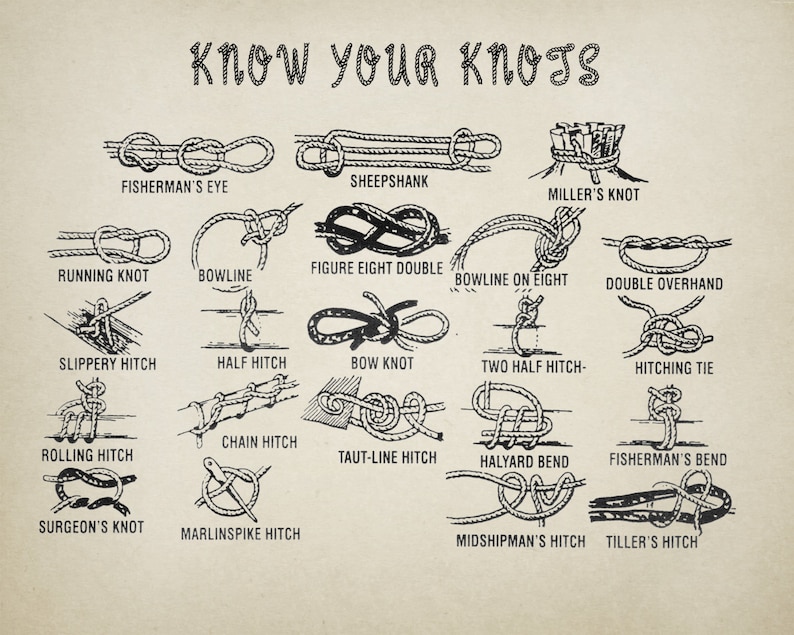

Tongue-tie can interfere with the ability to make certain sounds - such as "t," "d," "z," "s," "th," "r" and "l." Ultimately, poor breast-feeding can lead to inadequate nutrition and failure to thrive. This can cause significant nipple pain and interfere with a baby's ability to get breast milk. If unable to move the tongue or keep it in the right position, the baby might chew instead of suck on the nipple. Breast-feeding requires a baby to keep his or her tongue over the lower gum while sucking. Tongue-tie can affect a baby's oral development, as well as the way he or she eats, speaks and swallows. Risk factorsĪlthough tongue-tie can affect anyone, it's more common in boys than girls. Why this happens is largely unknown, although some cases of tongue-tie have been associated with certain genetic factors. With tongue-tie, the lingual frenulum remains attached to the bottom of the tongue. Typically, the lingual frenulum separates before birth, allowing the tongue free range of motion. You're bothered by your own symptoms of tongue-tie.Your older child complains of tongue problems that interfere with eating, speaking or reaching the back teeth.A speech-language pathologist thinks your child's speech is affected by tongue-tie.Your baby has signs of tongue-tie that cause problems, such as having trouble breast-feeding.A tongue that appears notched or heart shaped when stuck out.



 0 kommentar(er)
0 kommentar(er)
